Navigating the complex world of electrical outlets is crucial for homeowners looking to enhance the safety, convenience, and efficiency of their homes. Understanding the different types of outlets, from standard duplex receptacles offering 120 volts to specialized GFCI outlets designed for areas prone to moisture, is not just about adding functionality; it’s about ensuring the safety of electrical systems throughout the home. These wall outlets, integral to our daily lives, allow us to connect to the power we need to run our appliances, charge our devices, and light up our living spaces.
Duplex Outlets
Duplex outlets are a fundamental component of modern electrical systems, commonly found in both residential and commercial settings. These outlets feature two receptacles, allowing multiple devices to be powered simultaneously from a single location.
Features of Duplex Outlets
Duplex outlets are designed to accommodate a variety of electrical needs. Each outlet has two openings where electrical devices can be plugged in, with contacts made of brass or bronze to ensure good conductivity and durability. These contacts are held in place by springs, which maintain a tight grip on the plug blades, enhancing safety and reliability.

The body of a duplex receptacle is typically made from heavy-duty thermoplastic, known for its impact and rust resistance, which meets the National Electrical Code (NEC) safety standards. The mounting strap, a metal plate at the back of the receptacle, facilitates secure attachment to the electrical box within the wall. This strap features multiple holes for screws, ensuring a firm installation.
Duplex outlets can handle various amperages and voltages, making them suitable for a wide range of appliances and devices. They are available in different configurations, including tamper-resistant (TR) and weather-resistant (WR) models, which offer additional safety and durability in specific environments. Advanced models may even include USB ports for convenient device charging.
Common Uses
In the home, duplex outlets are strategically placed to maximize convenience and functionality. They are essential in high-demand areas like kitchens, home offices, and entertainment spaces, where multiple devices often need power simultaneously. Their ability to handle different voltages makes them suitable for a diverse range of applications, from powering simple household appliances to more demanding electrical equipment.
The installation of duplex outlets can significantly enhance the electrical capacity and efficiency of a space. For example, one might use a 125V outlet for a washing machine, while a 250V outlet could be used for an electric dryer. The flexibility in amperage and voltage accommodates various power requirements, ensuring that energy distribution is both safe and efficient.
Overall, duplex outlets are a cornerstone of efficient electrical system design, providing the necessary power to keep homes and businesses running smoothly. Their robust construction, combined with versatile features, makes them an indispensable part of modern electrical infrastructure.
GFCI Outlets
Safety Features of GFCI Outlets
Ground Fault Circuit Interrupter (GFCI) outlets are essential for protecting homeowners from electrical shocks. These outlets monitor the electrical current and can detect discrepancies as minute as 4 to 5 milliamps. If a difference in the current is detected, indicating a potential ground fault, the GFCI outlet quickly reacts—typically within less than one-tenth of a second—to trip the circuit and stop the flow of electricity. This rapid response helps to prevent the risk of electrocution or severe electric shocks, especially in areas where electricity might come into contact with water.

GFCI outlets are particularly useful in reducing the incidence of electrocution and mitigating thousands of electrical burn and shock injuries that occur each year. They are designed to protect not only against electrical shocks but also help prevent some electrical fires by interrupting the flow of electric current when a fault is detected.
Installing GFCI Outlets
Installing a GFCI outlet requires careful consideration of the location and existing electrical setup. They are typically larger than standard outlets, which may require adjustments to the wall box size. Homeowners should ensure that their breaker is GFCI-rated if they are installing a GFCI outlet, as this can sometimes entail more expense due to the specialized nature of these breakers.
GFCI outlets should be installed in any area where moisture is present or likely, such as kitchens, bathrooms, laundry rooms, and even outdoor spaces or garages where electrical tools might be used. The installation process includes connecting the hot wire (usually black) to the brass-colored terminal and the neutral wire (white) to the silver-colored terminal. If there are multiple sets of wires, it's crucial to connect downstream wires to the load terminals and ensure that the ground wire (usually bare copper) is properly attached to the green screw.
For ongoing safety, it is recommended that GFCI outlets be tested monthly to ensure they are functioning correctly. This involves pressing the TEST button and then the RESET button on the outlet, checking that the indicator light behaves as expected. If the outlet fails this test or cannot be reset, it needs to be replaced immediately to maintain protection against ground faults.
USB Outlets
USB outlets have transformed the way homeowners and businesses manage their electrical and charging needs, offering a modern solution to power management. These outlets integrate USB ports directly into the wall, eliminating the need for bulky adapters and allowing for a cleaner, more efficient power setup.
Advantages of USB Receptacle Outlets
USB charger outlets provide several benefits that enhance convenience and efficiency in power usage:
- Space Efficiency: USB outlets free up space by eliminating the need for bulky adapters, allowing more room for other devices.
- Faster Charging: Devices typically charge faster through USB outlets compared to traditional adapters, thanks to the direct connection and advanced technology that adjusts the current output to match the device's requirements.
- Energy Efficiency: By removing the need for adapters, USB outlets reduce phantom power loss—a common issue where energy is wasted even when devices are not actively charging.
- Versatility: These outlets can charge any USB-supported device, from smartphones to tablets and cameras, making them suitable for a wide range of electronic equipment.
- Safety and Durability: USB outlets help prevent overloading and potential fire hazards associated with using multiple adapters and chargers. They are also built to be durable, reducing the need for frequent replacements.

Applications
The practical applications of USB outlets are wide-ranging, making them ideal for various settings:
- Home Offices and Commercial Spaces: They are particularly useful in areas where multiple devices require power simultaneously, such as in home offices or commercial settings where laptops, phones, and other gadgets need frequent charging.
- Kitchens and Bedrooms: Installing USB outlets in kitchens or bedrooms can simplify charging, allowing users to charge devices without sacrificing outlet space for other appliances.
- High-Traffic Areas: For households with multiple device users, USB outlets installed in hallways or living rooms can serve as central charging stations, reducing clutter and the need for additional charging adapters.
- Travel and Mobility: In vehicles, USB outlets allow for charging on the go without needing separate adapters, catering to the modern needs of connectivity even while traveling.
USB outlets not only streamline how devices are charged but also contribute to a safer, more efficient, and clutter-free charging environment. Their ability to adapt to various charging needs while conserving space and energy makes them a valuable addition to any modern electrical system.
AFCI Outlets
Arc Fault Circuit Interrupters (AFCIs) are critical safety devices designed to protect homes from electrical fires caused by arc faults. These faults can occur when electrical wiring, appliances, or devices become overheated, damaged, or stressed, often leading to fires that can cause significant damage and loss of life. AFCIs are designed to detect a wide range of arcing electrical faults and disconnect the power to prevent these dangerous sparks from igniting flammable materials.
Functionality
AFCI outlets monitor the electrical circuits continuously, distinguishing between harmless and potentially dangerous arcing conditions. They utilize advanced technology to detect variations in electrical current that may signify an arc fault. Upon detecting an unwanted arc, the AFCI quickly trips, cutting off electricity to the circuit and preventing potential fire outbreaks. This is crucial in preventing the kind of electrical fires that are responsible for a significant number of fire-related incidents in residential spaces.

The functionality of AFCI outlets extends to their ability to discern between different types of arcs, such as parallel and series arcs. These devices are programmed to recognize hundreds of unique operating conditions, which allows them to effectively prevent false tripping and ensure that normal household appliances like vacuum cleaners and furnaces operate without disruption.
Benefits of AFCI Outlets
The primary benefit of installing AFCI outlets is enhanced fire safety. By effectively identifying and interrupting arc faults, AFCIs significantly reduce the likelihood of electrical fires in the home. This protection is especially important in areas prone to electrical stress, such as kitchens and laundry rooms, where high-power appliances are frequently used.
Moreover, the widespread adoption of AFCI technology has been linked to a noticeable decrease in residential fires. Studies, including those conducted by the U.S. Fire Administration, attribute a 20% reduction in fire incidents partly to the implementation of AFCI outlets. They are now a standard requirement in modern homes, following updates to the National Electrical Code, which mandate AFCI protection in virtually all living areas, significantly beyond just bedrooms.
AFCIs also offer a dual function of circuit protection, not only safeguarding against arc faults but also providing limited protection against short circuits and overloads. This comprehensive approach to electrical safety makes AFCI outlets a vital component in any home’s electrical system, ensuring both the protection of property and the safety of its inhabitants.
By integrating AFCI outlets into their homes, homeowners can achieve a higher standard of safety and compliance with current electrical standards, ensuring their living environments are secure against one of the most common hazards: electrical fires.
Dryer Outlets
Specifications
Dryer outlets have undergone significant changes to enhance safety and compliance with modern electrical standards. Initially, the standard was a 3-prong dryer cord, commonly used in homes built before 2000. This design, however, had a critical flaw where the ground and neutral wires were combined in a single prong, potentially allowing current to travel along the ground wire. To address this safety concern, the National Electrical Code (NEC) mandated a shift to 4-prong dryer outlets in new home constructions post-2000.
The 4-prong outlet, officially required in new constructions since January 1, 1996, includes two hot wires, a neutral wire, and a separate ground wire, which provides a safer return path for unused current. This configuration minimizes the risk of electrical shocks and fires by preventing current from finding its way onto the ground wire. For dryer installations, the NEC specifies the use of a 4-wire connection, particularly in mobile homes and where modifications to the branch circuit are made.

Installation Guidelines
When installing a dryer outlet, it is crucial to adhere to the NEC's safety regulations to ensure a safe and efficient setup. Here are the steps and considerations for installing a typical 4-prong (NEMA 14-30) dryer outlet:
- Check Local Codes: Always begin by consulting local building codes and the dryer’s manual for specific electrical requirements. This ensures compliance with safety standards and verifies that the installation will meet the necessary electrical demands.
- Prepare the Outlet Box: Position the dryer outlet box in a location that is convenient for both the dryer cord and the dryer vent. Ideally, the outlet should be placed near an exterior wall to minimize the length of the vent run. The recommended installation height is about 30 to 36 inches from the floor, which makes the outlet easily accessible yet discreet behind the appliance.
- Wire the Outlet: Ground Wire: Connect the bare copper or green insulated ground wire to the ground screw on the outlet. If the outlet is mounted in a metal box, add a grounding pigtail to connect to the box’s ground screw. Neutral Wire: Strip about 3/4-inch of insulation from the white neutral wire and connect it to the silver-colored terminal on the outlet. Hot Wires: Strip the insulation from the red and black hot wires and secure them to the hot terminals on the outlet.
- Secure the Outlet and Cover Plate: Carefully tuck all wires into the box and secure the outlet using mounting screws. Install the cover plate to protect the outlet and provide a clean finish.
- Test the Installation: Once the outlet is installed, it is advisable to test the connection for proper installation before attaching the dryer. This can prevent any electrical hazards or faults.
By following these guidelines, homeowners can ensure that their dryer outlets are installed safely and in accordance with the latest electrical codes, providing a reliable and secure power source for their appliances.
Range Outlets
Electric cooking ranges require specific electrical setups due to their high power consumption. Unlike simpler appliances, these ranges need both 120-volt and 240-volt currents to operate efficiently. This dual requirement is crucial for powering various components of the range, such as the stovetop heating elements and oven heating coils.
Electrical Requirements
The electrical demands for a range are significant. Typically, a 50-amp, 240-volt circuit is necessary to support the power needs of most ranges. This circuit should be wired with #6-gauge wire to handle the current safely. Smaller ranges might only require a 40-amp circuit, which can be wired with #8-gauge wire. It's essential that these circuits have a dedicated line due to the high power requirements. Since 1996, the National Electrical Code (NEC) has mandated the use of 4-conductor circuits for new installations. This includes a separate ground wire, which enhances safety by providing a clear path for potential fault currents.

Compatibility
For compatibility with modern safety standards, any new range installation must include a 4-prong cord plug receptacle. This setup differs from older 3-prong plug systems by separating the ground and neutral wires, which increases safety. If replacing a range where a 3-slot receptacle is already present, it's permissible to use a 3-prong plug. However, special attention must be given to ensure the range’s wiring is correctly configured to tie the case ground to the neutral terminal, typically done using a metal bonding strip or wire provided with the range.
For homeowners planning to install or upgrade their range outlets, understanding these requirements and ensuring proper installation is critical. Not only does this adherence to code promote safety, but it also ensures the range operates efficiently without risking damage to the electrical system or the appliance itself. Proper installation should always be verified by a qualified electrician to ensure compliance with the latest electrical standards.
Tamper-Resistant Outlets
Tamper-resistant outlets are a crucial safety feature in modern homes, particularly those with young children. These outlets, often referred to as TR outlets, are designed with internal mechanisms that prevent foreign objects from being inserted into the receptacle, significantly reducing the risk of electrical injuries.
Safety Aspects
Tamper-resistant outlets feature spring-loaded shutters that automatically close off the contact openings. These shutters only open when equal pressure is applied simultaneously to both sides of the outlet, as occurs with the insertion of a plug. This design is effective in preventing the insertion of foreign objects such as hairpins, keys, or other small items that children might try to insert. The National Electrical Code (NEC) has mandated the use of TR outlets in all residential settings since 2008, reflecting their importance in preventing accidental shocks and burns. Statistics show a decline in electrical outlet injuries among children aged 0-4 years since these standards were implemented.

Pros and Cons
Pros:
- Enhanced Safety: TR outlets significantly reduce the risk of electrical injuries in children, making them a vital feature in family homes.
- Code Compliance: Installing TR outlets ensures compliance with current safety codes and regulations, which can be beneficial during home inspections.
- Low Cost Increment: The additional cost of TR outlets over standard outlets is minimal, often around $0.50 more per outlet, making them a cost-effective safety upgrade.
Cons:
- Limited Awareness: Not all homeowners are aware of the benefits and safety features of TR outlets, which can hinder their widespread adoption.
- Installation Complexity: While generally straightforward, replacing existing outlets with TR models can be more complex if older wiring needs adjustments.
Tamper-resistant outlets represent a small but critical investment in home safety. The minimal cost difference compared to standard outlets is outweighed by the significant increase in safety, making them an essential feature for households with children. Their implementation not only protects young ones from potential harm but also adds to the overall safety and compliance of the electrical system within the home.
Weather-Resistant Outlets
Weather-Resistant (WR) outlets are specifically designed to withstand harsh environmental conditions, making them essential for outdoor and damp indoor locations. Recognized by their "WR" designation, these outlets incorporate materials and construction features that enhance their durability and functionality in wet conditions.
Shop Weather-Resistant Outlets ►
Durability
The construction of WR outlets focuses on resisting the deteriorating effects of moisture, temperature variations, and ultraviolet (UV) rays. Key components include:
- Corrosion-Resistant Materials: WR outlets are made with metals such as brass and nickel-plated contacts, which resist corrosion caused by moisture. This prolongs the lifespan of the outlet and ensures consistent performance.
- UV Protection: The plastic components of WR outlets are treated with chemicals that make them resistant to UV rays, preventing the material from becoming brittle in sunlight.
- Enhanced Construction: These outlets often feature stainless steel mounting screws and robust nylon faces that contribute to their overall toughness and resistance to mechanical abuse.

Best Practices
Installing and maintaining WR outlets requires adherence to specific practices to ensure safety and effectiveness:
- Professional Installation: It is advisable to have WR outlets installed by a licensed electrician to ensure they meet all National Electrical Code (NEC) requirements and are properly integrated into the home's electrical system.
- Regular Inspection: Homeowners should periodically check these outlets for any signs of wear or damage, especially after severe weather conditions. This includes testing the functionality of GFCI outlets to ensure they are providing the necessary protection.
- Appropriate Covers: Use covers specifically designed for wet locations, such as bubble covers or flip-up covers, which allow for the safe use of the outlets when they are in use and provide a waterproof seal when not.
- Avoid Permanent Extension Cords: For safety and compliance with electrical codes, rely on permanent wiring rather than extension cords for outdoor electrical needs.
By choosing WR outlets and following these best practices, homeowners can significantly enhance the safety and functionality of their electrical installations in areas exposed to moisture and weather elements. These outlets are a prudent choice for locations such as outdoor kitchens, patios, and any other areas where exposure to the elements is a concern.
Smart Outlets
Smart outlets represent a significant advancement in home automation, combining convenience with energy efficiency. These devices allow homeowners to control appliances remotely, automate daily tasks, and monitor energy usage, all through a simple app on a smartphone or via voice commands using smart home hubs.
Technological Features
A smart plug acts as a bridge between traditional electrical outlets and the digital world of smart devices. By integrating with existing electrical systems, smart outlets enable users to manage various household appliances remotely. This is achieved through wireless communication capabilities that connect to home Wi-Fi networks, allowing for seamless operation via smartphone applications or virtual assistants like Alexa or Google Assistant.
The core functionality of smart outlets includes:
- Remote Management: Users can turn devices on or off from anywhere, providing added convenience and security.
- Automation: Through scheduling features, appliances can operate automatically at set times, enhancing efficiency and reducing unnecessary power usage.
- Voice Control Integration: Compatibility with smart home systems allows for hands-free control, making it easier to manage devices while multitasking.
Smart outlets also support IoT applications, providing a versatile solution for home automation and energy management. High transmission rates ensure that commands are executed almost instantaneously, making these outlets reliable and responsive.

Energy Saving
Smart outlets contribute significantly to energy conservation in several ways. By allowing homeowners to remotely control their appliances, these devices help eliminate wasteful energy consumption. Key features include:
- Monitoring Energy Usage: Smart outlets can track the power consumption of connected devices. This data helps homeowners identify which appliances use the most energy, enabling them to make informed decisions about their usage.
- Reducing Standby Power: Often referred to as "vampire power," many devices continue to consume energy even when turned off. Smart outlets can completely disconnect power to these devices, preventing unnecessary energy drain.
- Scheduling for Optimal Energy Use: Homeowners can set schedules for their devices to operate during off-peak energy hours, which can lead to cost savings on energy bills.
For instance, a homeowner could program their smart outlet to turn off a gaming console or coffee maker when not in use, or schedule their lights to turn off automatically at bedtime. Advanced models, like the Emporia Smart Plug, offer settings that automatically shut off devices when they reach a certain energy usage threshold, further enhancing energy savings.



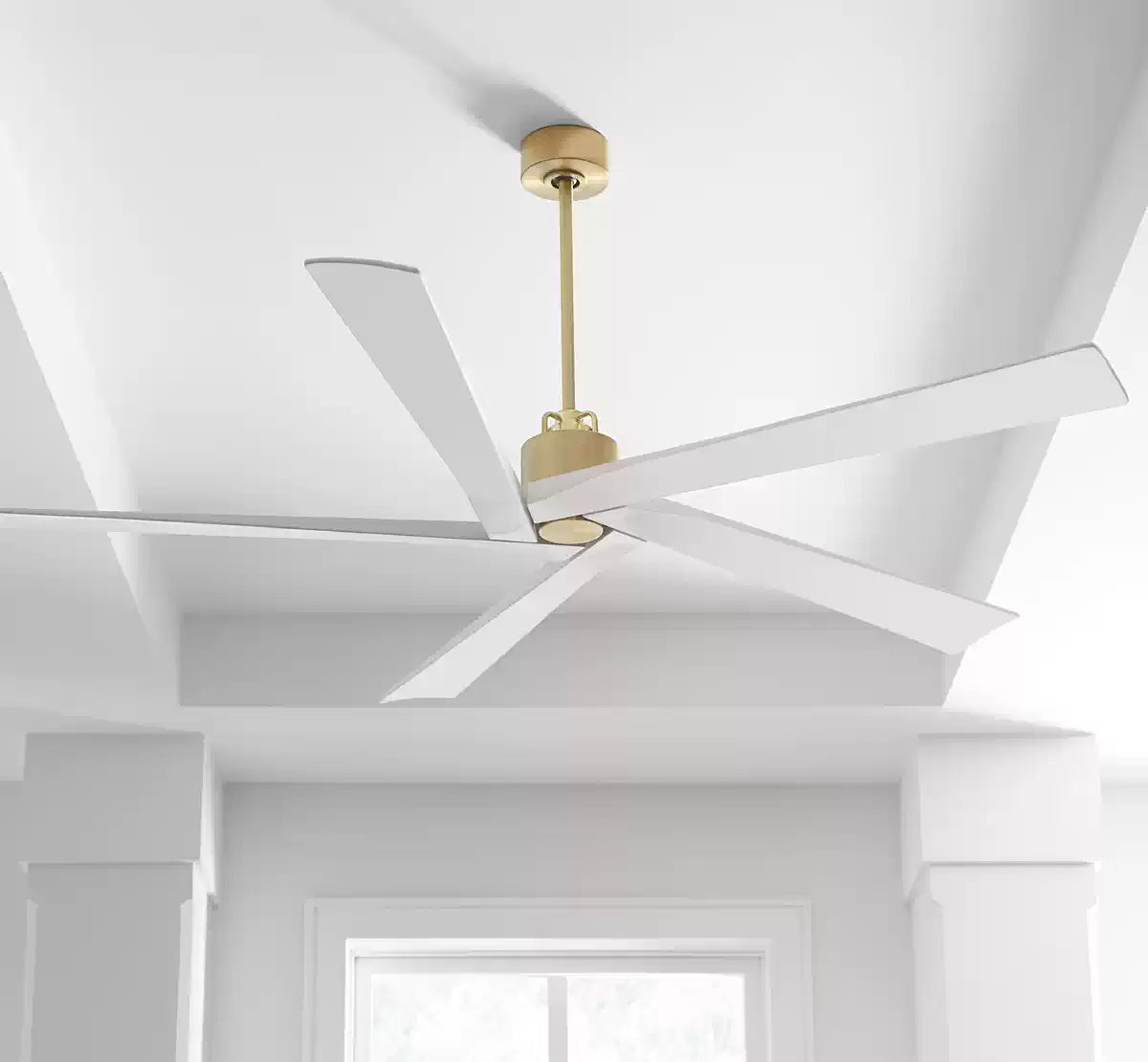

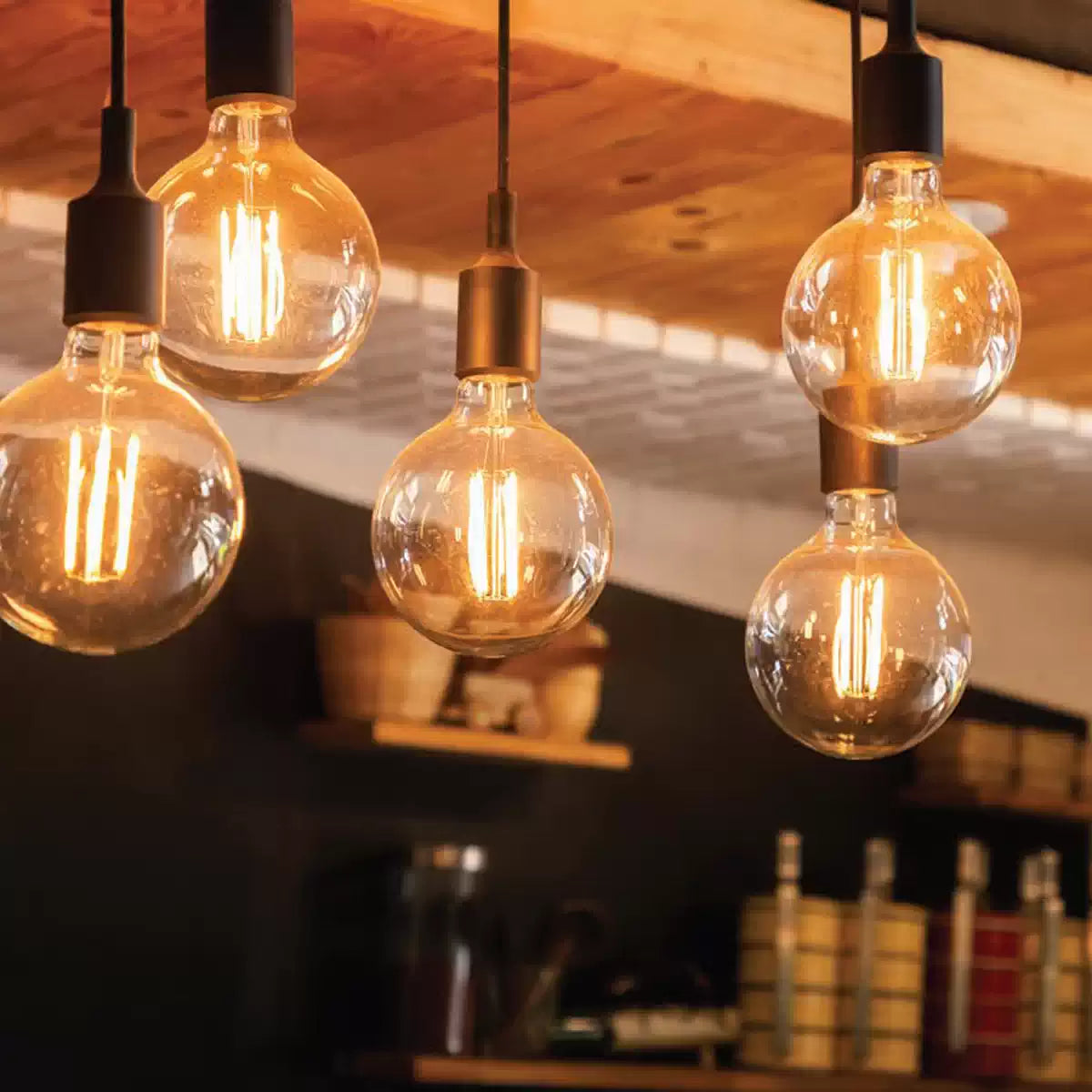
























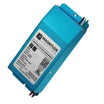













































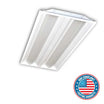














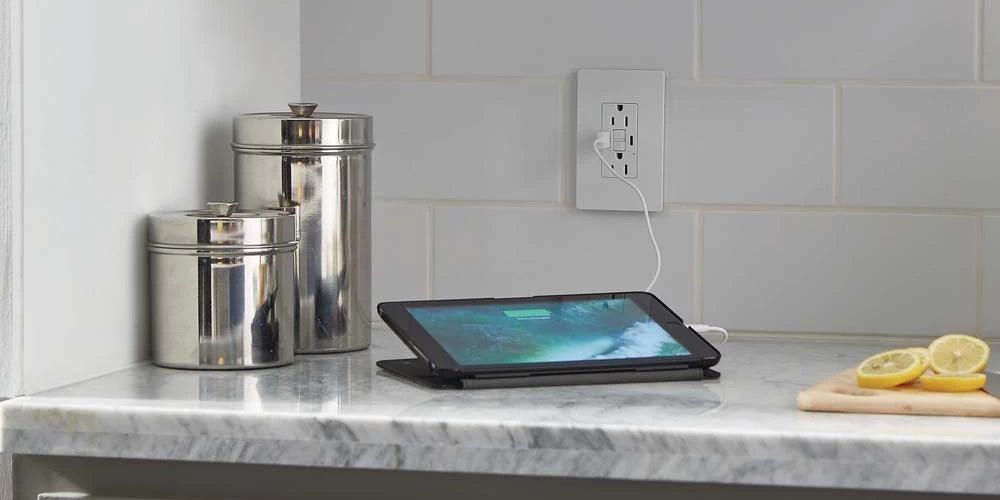

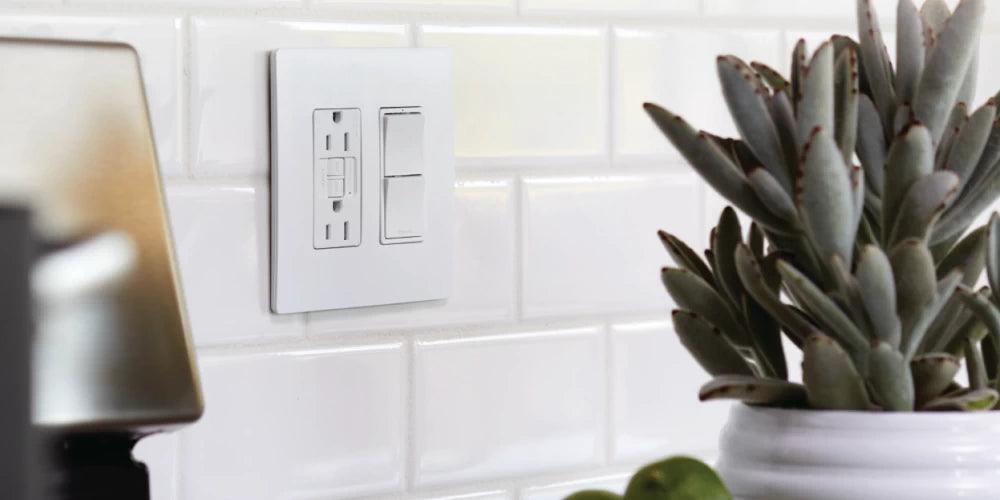
Leave a comment
All comments are moderated before being published.
This site is protected by hCaptcha and the hCaptcha Privacy Policy and Terms of Service apply.